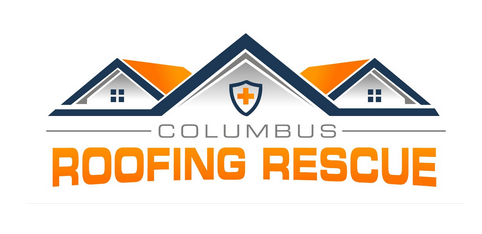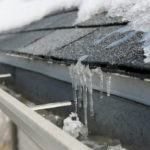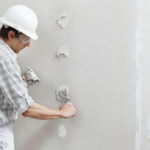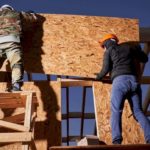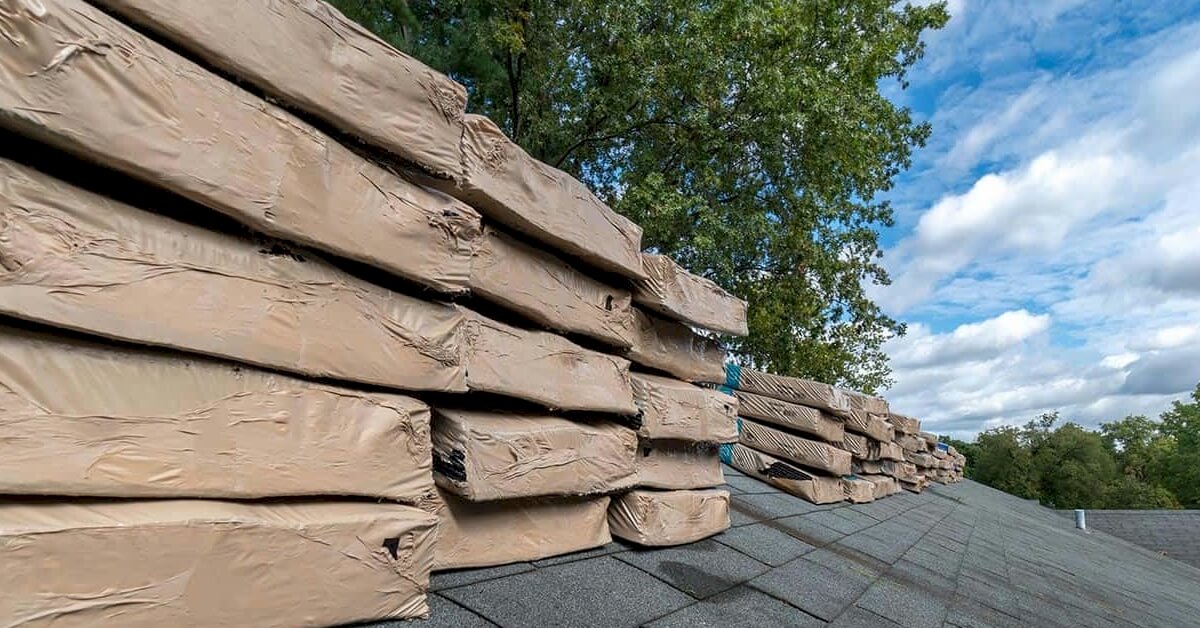
How Many Shingles Are in a Bundle of Shingles?
Shingles are a popular roofing material that provides a protective and attractive layer to any building. They will come in all kinds of shapes and sizes, each with unique characteristics. One of the first questions people might ask when purchasing shingles is, “How many shingles are in a bundle?” The answer to this question will depend on a few things, including the type of shingles and the manufacturer. This article will explore the factors determining the number of shingles in a bundle and provide some helpful tips to make sure you get the right amount for your roofing project.
Understanding Shingle Measurement Units
Before we get into the factors determining the number of shingles in a bundle, it’s essential to understand the different measurement units used for shingles. Shingles are typically measured in squares, each representing 100 square feet of roof area. For instance, if you have a roof area of 1,000 square feet, you will need ten squares of shingles to cover the entire roof.
Shingles are also measured in bundles, the number of shingles required to cover one square of the roof area. As we’ll see in the next section, the number of shingles in a bundle depends on various factors.
Factors that Affect the Number of Shingles in a Bundle
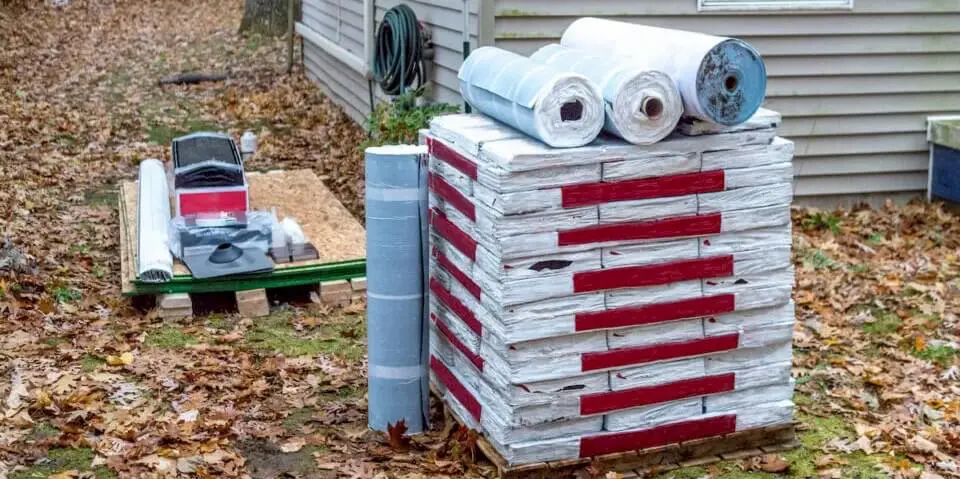
1. Type of Shingles: The type of shingles determines the size and weight of each shingle, which affects the number of shingles in a bundle. For instance, asphalt shingles are typically lighter than wood or metal shingles, meaning that a bundle of asphalt shingles will have more shingles than a bundle of wood or metal shingles.
2. Manufacturer: Different manufacturers have varying bundle sizes, even for the same type of shingles. For example, one manufacturer may have a bundle size of 20 shingles, while another may have a bundle size of 25 shingles for the same type of shingles.
3. Geographical Location: The number of shingles in a bundle may vary depending on the geographical location. This is because different regions have varying climate conditions, affecting shingles’ size and weight.
4. Roof Pitch: The roof’s pitch also affects the number of shingles in a bundle. A steeper roof requires more shingles than a flatter roof since the shingles need to cover a smaller area.
Common Shingle Bundle Sizes and Their Corresponding Shingle Counts
Now that you understand the number of shingles in a bundle, let’s look at the most common shingle bundle sizes and their corresponding shingle counts. The most common bundle sizes are:
1. Standard Bundle: A standard bundle typically contains 3-tab shingles and has 29 shingles per bundle. This bundle size covers approximately 33.3 square feet of roof area.
2. Metric Bundle: A metric bundle is designed for use on metric-sized roofs and typically contains 20 shingles per bundle. This bundle size covers approximately 32.3 square feet of roof area.
3. Architectural Bundle: An architectural bundle contains laminated or dimensional shingles and typically has 16 shingles per bundle. This bundle size covers approximately 32 square feet of roof area.
Different Shingle Types and Their Bundle Sizes
As we’ve seen, different types of shingles have varying bundle sizes. Here are some of the most common shingle types and their corresponding bundle sizes:
1. Asphalt Shingles: Asphalt roofing shingles are the most popular type of shingles and come in two types: 3-tab shingles and laminated/dimensional shingles. 3-tab shingles typically come in standard bundles of 29 shingles, while laminated/dimensional shingles come in architectural bundles of 16 shingles.
2. Wood Shingles: Wood shingles are typically heavier than asphalt shingles and come in bundles of 20 to 25 shingles. The exact number of shingles in a bundle depends on the shingle manufacturer and the type of wood used.
3. Metal Shingles: Metal shingles are typically lighter than wood shingles and come in bundles of 25 to 30 shingles. The exact number of shingles in a bundle depends on the shingle manufacturer and the type of metal used.
How to Calculate the Number of Shingles You Need for a Roofing Project

Now that we know the different bundle sizes for various types of shingles let’s look at how to calculate the number of shingles you need for a roofing project. To do this, you’ll need to:
1. Measure the Roof Area: Measure the roof area in square feet and divide it by 100 to get the number of squares of shingles you need.
2. Determine the Bundle Size: Determine the bundle size of the shingles you’re using. You can do this by double-checking the manufacturer’s specifications or by counting the number of shingles in a bundle.
3. Calculate the Number of Bundles: Divide the number of squares of shingles you need by the number of shingles in a bundle to determine the number of bundles you need.
Tips for Buying Shingles and Ensuring You Get the Right Amount
Buying shingles can be a tedious task, especially if you are doing it for the first time. Here are some helpful roofing tips to help you get the right amount of shingles for your roofing project:
1. Measure the Roof Area Accurately: To ensure you get the right amount of shingles, measure the roof area accurately. Use your tape measure or a laser to determine the roof’s length and width.
2. Consider the Roof Pitch: The roof pitch affects the amount of shingles you need. A steeper roof requires more shingles than a flatter roof.
3. Check the Bundle Size: Check the bundle size of the shingles you’re buying to ensure you get the right amount of shingles.
4. Buy Extra Shingles: It’s always a good idea to buy extra shingles, just in case you run short or need to replace damaged shingles in the future.
Common Mistakes to Avoid When Buying Shingles
When buying shingles, there are some common mistakes that people make. Here are some mistakes to avoid:
1. Not Measuring the Roof Area Accurately: Mismeasuring the roof area can result in purchasing too few or too many shingles.
2. Not Considering the Bundle Size: Not considering the bundle size can result in purchasing too few or too many bundles of shingles.
3. Not Considering the Roof Pitch: Not considering the roof pitch can result in purchasing too few or too many shingles.
4. Not Checking the Manufacturer’s Specifications: Check the manufacturer’s specifications to avoid purchasing the wrong type of shingles or the wrong bundle size.
Conclusion and Key Takeaways
In conclusion, the number of shingles in a bundle depends on various factors, including the type, manufacturer, geographical location, and roof pitch. Knowing the bundle size of the shingles you’re buying and accurately measuring the roof area will help you get the correct amount for your roofing project. Always buy extra shingles and check the manufacturer’s specifications before purchasing. By avoiding common mistakes, you can ensure a successful roofing project that provides adequate protection and adds value to your home.
